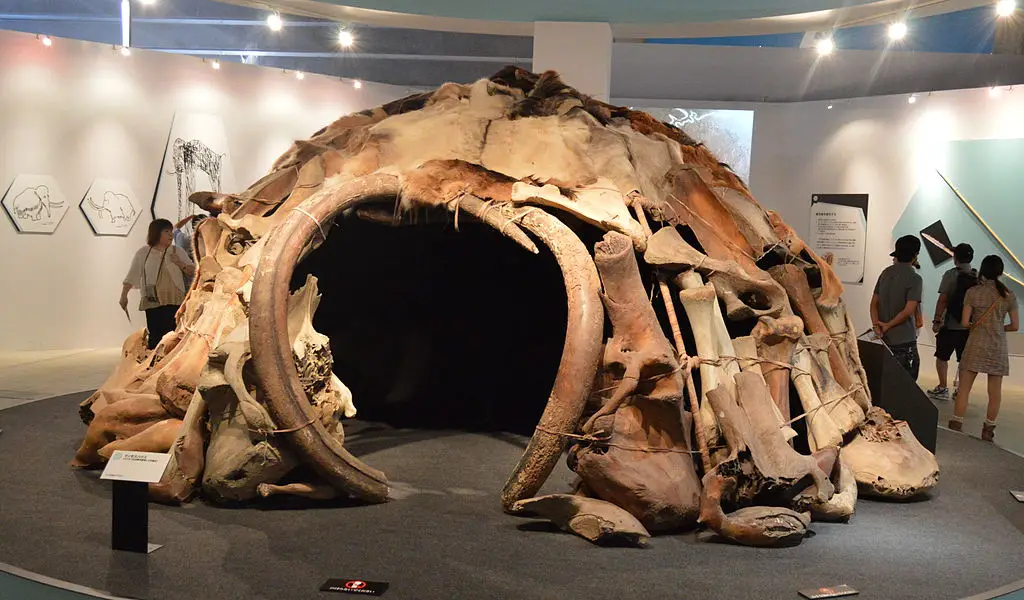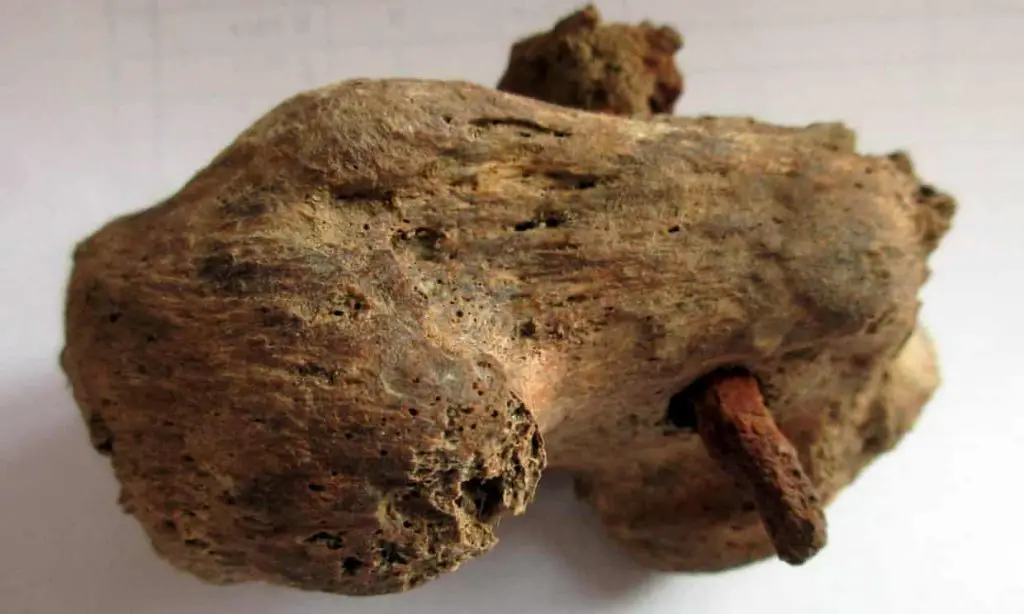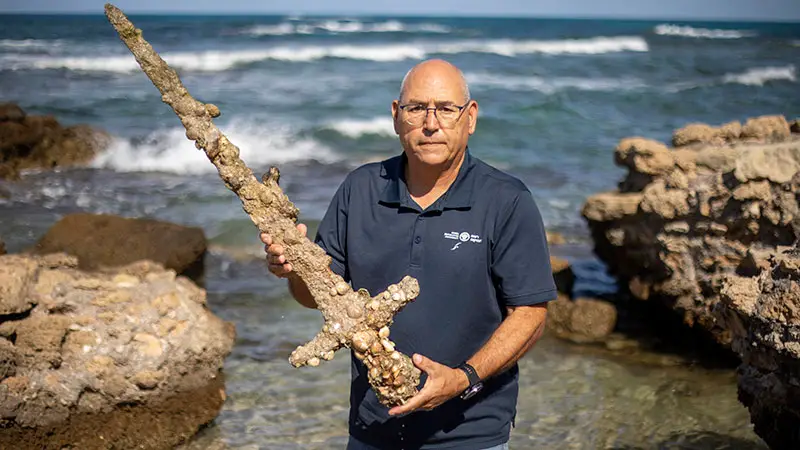Until 2018, researchers, historians and archaeologists theorized that the coast of Estonia was an important stop along the Viking trade route.
But it was only that – a theory – because evidence of a settlement has yet to be found anywhere in that region.
Contents
Almost four years ago, however, that theory came a little closer to being realized. A stash of Viking swords was discovered on the coast of northern Estonia, large chunks of them that indicated graves were established in the area.
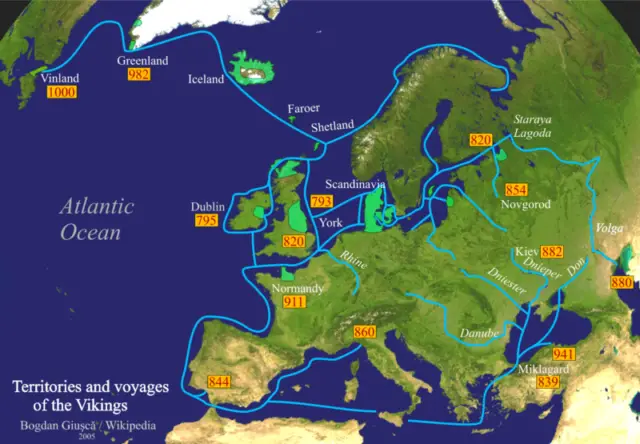
Graves
It was customary for Vikings to use broken or otherwise useless swords to mark the graves of individuals.
Also found were pieces of spearheads. Two troves of the artifacts were found approximately 260 feet apart, and experts say they date back to the middle of the 10th century. Some experts suggest that the swords served as tribute to warriors who died elsewhere, perhaps at sea. Of the 100 fragments found, there are eight H-shaped and double edged swords that are almost intact.
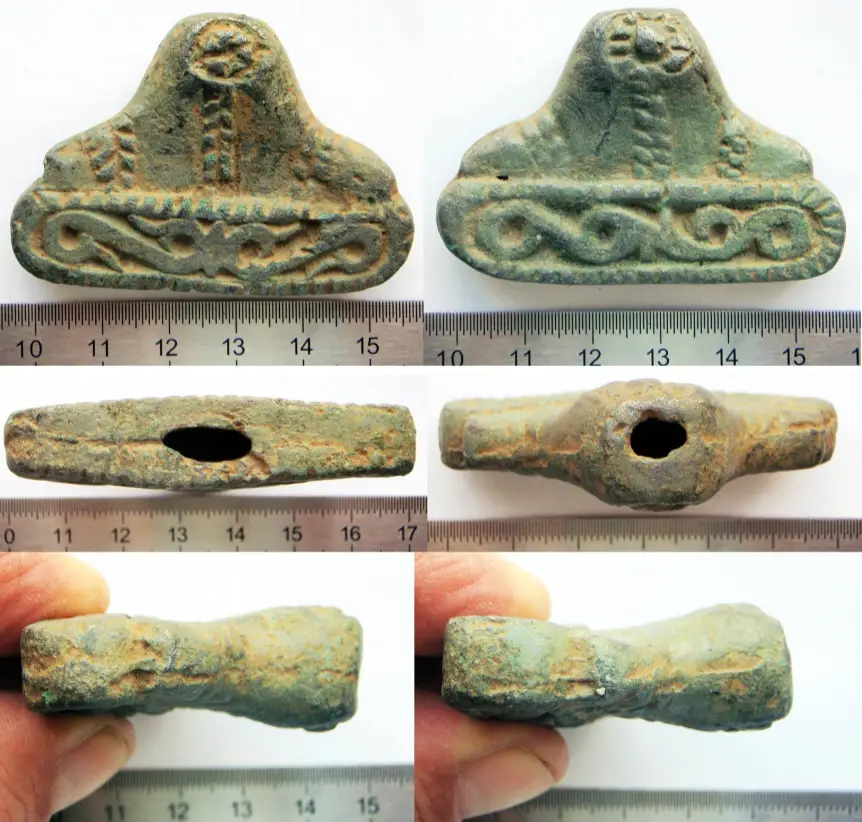
Although artifacts proving that trading posts and forts existed in the region have been found, evidence of actual settlements has yet to be uncovered.
Still, archaeologists say, the swords are a major advancement in retracing Viking steps along an established trade route.
During the Viking era, the area in Estonia where the swords were found was known as Revala, which is the region that today includes the capital city of Tallinn. The swords’ presence along the coast, and the lack of evidence found further inland, strengthens experts’ belief that the region was a stop along the Viking Transit Trail.
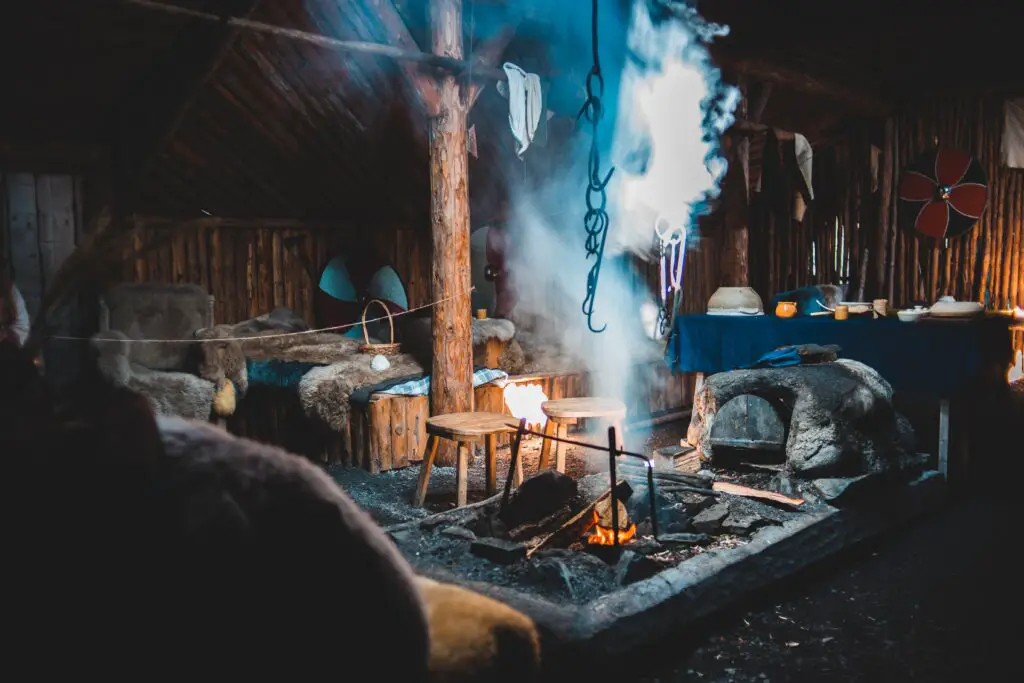
Longships
The Baltic region – Estonia included – is proving itself to be a rich source of archaeological material and artifacts from Viking times.
And it is not only swords and spearheads that have been found in Estonia. Beginning in 2008 and continuing until 2010, a dig was underway that revealed two Viking ships used as burial boats, on Saaremaa Island.
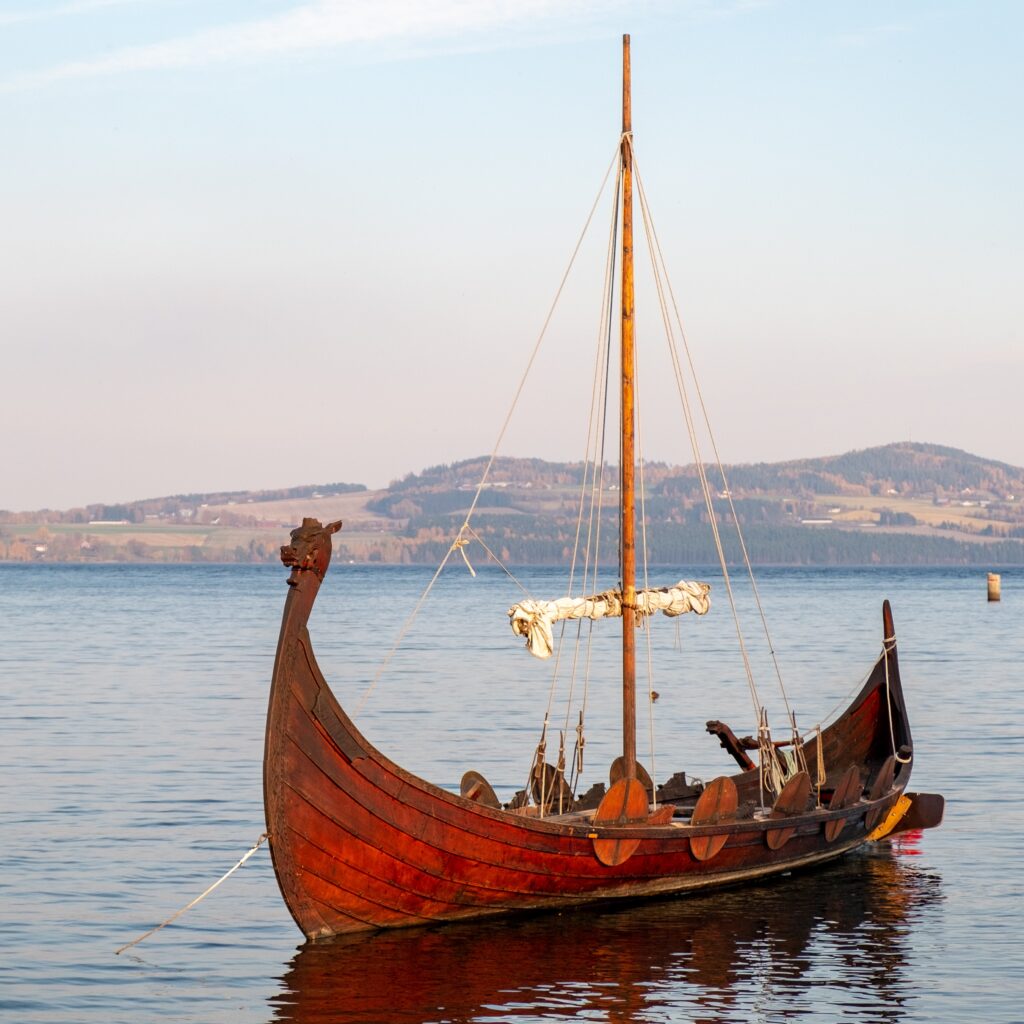
Archaeologists say they knew by the vessels’ construction that they were warships, and that they came to the island before the beginning of the Viking Age in 793 AD. Historians suggest that the ships endured substantial losses and injuries among the crews at sea, and as was customary, they buried their dead in the ships that were no longer seaworthy.
Experts are hopeful that this discovery will foster better understanding of how Viking ships developed from short-run vessels into the kind of sailing ships needed for long journeys. Of course those are the kind of boats needed for the later invasion of four continents undertaken by the Vikings.
Lindisfarne
Archaeologists have dated the boat burials to approximately 700 – 750 A.D. Furthermore, DNA evidence has proved that the Vikings who arrived on the island mingled with the islanders, colonizing and breeding with those who were born on Saaremaa.
The Viking Age began, according to historians, in June, 793 A.D. Their first ship arrived at a monastery located off the coast of northern England.
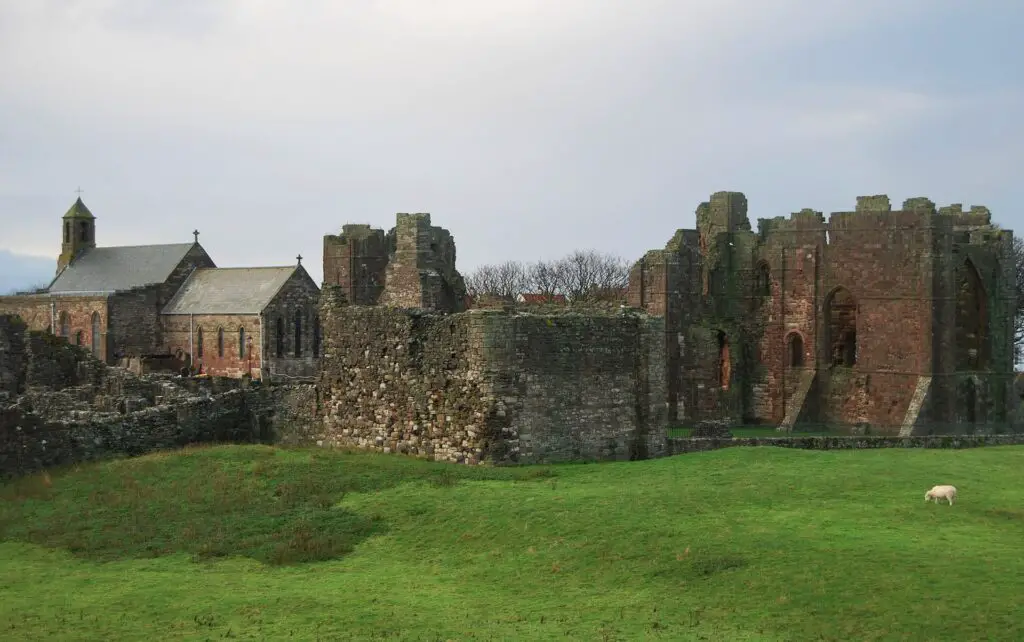
They acted swiftly, but not before one individual could write the following note for posterity: “The ravages of the heathen men miserably destroyed God’s church on Lindisfarne, with plunder and slaughter.” He spoke of the invading Vikings, of course, aggressive warriors who, it seems, feared nothing in their pursuit of expansion. The Norsemen would carry on, infiltrating England, Asia, Europe and the Americas, until the Age went into decline in 1066 A.D.
If you like this article, then please follow us on Facebook and Instagram
The discovery of the swords in the coastal region of Estonia no doubt offers another, vital clue in understanding how the Vikings invasion of those countries and continents could happen so successfully.
Another Article From Us: Incredible Images of Ghost Ships at Bottom of the Baltic
Like all archaeological finds, they offer one more piece of a complicated puzzle, and will lead to a deeper, fuller, understanding of those who came before us, so many centuries ago.


